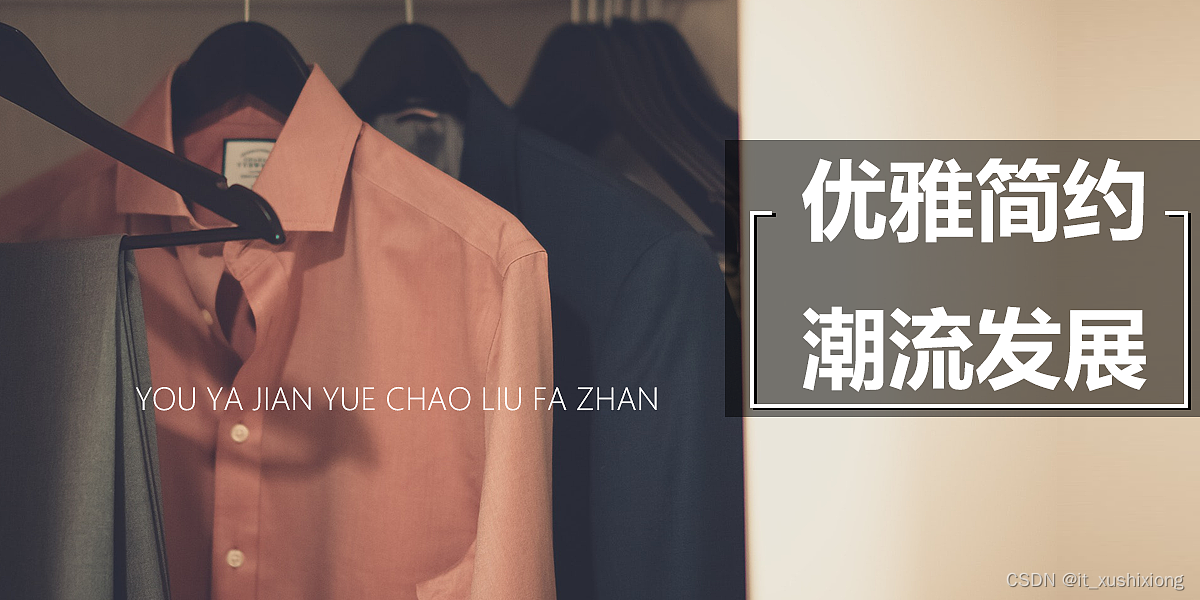Vue is a popular front-end framework that provides a series of tools and components that make it easier for developers to create interactive web applications. Carousel is a common interactive component in web applications, which can be used to display pictures, news, advertisements and other content. In Vue, we can use a third-party component library or write our own code to implement the carousel function.

This article will introduce how to use Vue and the third-party component library Element UI to implement the carousel function. We will explain from the following aspects:
- Install Element UI
- Create a carousel component
- Component Properties and Events
- Write styles and animation effects
1. Install Element UI
Element UI is a Vue-based component library that provides a wealth of UI components and interactive components, including carousels, tables, forms, buttons, menus, etc. In this article, we will use the carousel component in Element UI to implement the carousel function. First, we need to install Element UI.
Execute the following command in the terminal to install Element UI:
npm install element-ui --save
2. Create a carousel component
In Vue, we can split the interface into multiple components, and each component can be developed and maintained independently. In this article, we will create a carousel component for displaying images and text. First, we need to register the Element UI component with Vue.
Add the following code to main.js:
import Vue from 'vue'
import ElementUI from 'element-ui'
import 'element-ui/lib/theme-chalk/index.css'
Vue.use(ElementUI)
Next, we can create the carousel component. Create a Carousel.vue file in the src/components directory and add the following code:
<template>
<el-carousel :interval="interval" arrow="always" indicator-position="outside">
<el-carousel-item v-for="(item, index) in items" :key="index">
<img :src="item.image" alt="">
<div class="carousel-item-text">
<h3>{
{ item.title }}</h3>
<p>{
{ item.description }}</p>
</div>
</el-carousel-item>
</el-carousel>
</template>
<script>
export default {
name: 'Carousel',
props: {
items: {
type: Array,
required: true
},
interval: {
type: Number,
default: 5000
}
}
}
</script>
<style scoped>
.carousel-item-text {
position: absolute;
bottom: 0;
left: 0;
right: 0;
background-color: rgba(0, 0, 0, 0.5);
color: #fff;
padding: 16px;
box-sizing: border-box;
}
.carousel-item-text h3 {
margin-top: 0;
margin-bottom: 8px;
}
.carousel-item-text p {
margin-top: 0;
margin-bottom: 0;
}
</style>
In the code above, we created a component called Carousel. This component has two properties: items and interval. The items attribute is used to pass the content of the carousel, and each content includes pictures and text. The interval attribute is used to specify the switching interval of the carousel, and the default is 5000 milliseconds.
In the component's template, we use the el-carousel and el-carousel-item components provided by Element UI to display the carousel. We iterate through the items array using the v-for directive and bind the URL of the image using :src. Inside the el-carousel-item component, we add a div element to display text content.
3. Component properties and events
In the above code, we defined two properties: items and interval. The items attribute is used to pass the content of the carousel, and each content includes pictures and text. The interval attribute is used to specify the switching interval of the carousel, and the default is 5000 milliseconds.
We can use the Carousel component in the parent component and pass the items and interval props. For example, we can add the following code to the App.vue component:
<template>
<div id="app">
<Carousel :items="items" :interval="interval" />
</div>
</template>
<script>
import Carousel from './components/Carousel.vue'
export default {
name: 'App',
components: {
Carousel
},
data() {
return {
items: [
{
image: 'https://picsum.photos/800/400?random=1',
title: '标题一',
description: '描述一'
},
{
image: 'https://picsum.photos/800/400?random=2',
title: '标题二',
description: '描述二'
},
{
image: 'https://picsum.photos/800/400?random=3',
title: '标题三',
description: '描述三'
}
],
interval: 3000
}
}
}
</script>
In the above code, we introduced the Carousel component in the App.vue component and passed the items and interval properties. The items property is an array containing three objects, each object contains image and text information. The interval attribute is 3000 milliseconds.
We can also define events in the Carousel component to perform some operations when the carousel is switched. For example, we can add a change event to output logs when the carousel is switched. Add the following code to Carousel.vue:
<template>
<el-carousel :interval="interval" arrow="always" indicator-position="outside" @change="handleChange">
<el-carousel-item v-for="(item, index) in items" :key="index">
<img :src="item.image" alt="">
<div class="carousel-item-text">
<h3>{
{ item.title }}</h3>
<p>{
{ item.description }}</p>
</div>
</el-carousel-item>
</el-carousel>
</template>
<script>
export default {
name: 'Carousel',
props: {
items: {
type: Array,
required: true
},
interval: {
type: Number,
default: 5000
}
},
methods: {
handleChange(index) {
console.log(`轮播图切换到第 ${index + 1} 张`)
}
}
}
</script>
In the above code, we added a @change event on the el-carousel component and bound it to the handleChange method. When the carousel is switched, the handleChange method will be called and output the index of the current carousel.
4. Write styles and animation effects
Carousels need not only content and events, but also styles and animations to enhance the user experience. In the above code, we define some basic styles for displaying the content and text of the carousel. Here, we will add some animation effects to make the carousel more lively and interesting.
Add the following code to the styles of the Carousel.vue file:
.carousel-item-enter-active,
.carousel-item-leave-active {
transition: all 0.5s;
}
.carousel-item-enter,
.carousel-item-leave-to {
opacity: 0;
}
In the code above, we define two animation transition classes: carousel-item-enter and carousel-item-leave-to. These two classes are used to add animation effects when the carousel is switched. We use the opacity attribute to control the transparency of the carousel, so as to achieve the effect of fading in and fading out.
Add the following code to the el-carousel component:
<template>
<el-carousel :interval="interval" arrow="always" indicator-position="outside" @change="handleChange">
<el-carousel-item v-for="(item, index) in items" :key="index">
<img :src="item.image" alt="" class="carousel-item-image">
<div class="carousel-item-text">
<h3>{
{ item.title }}</h3>
<p>{
{ item.description }}</p>
</div>
</el-carousel-item>
</el-carousel>
</template>
<style scoped>
.carousel-item-image {
width: 100%;
height: auto;
object-fit: cover;
}
.carousel-item-enter-active,
.carousel-item-leave-active {
transition: all 0.5s;
}
.carousel-item-enter,
.carousel-item-leave-to {
opacity: 0;
}
</style>